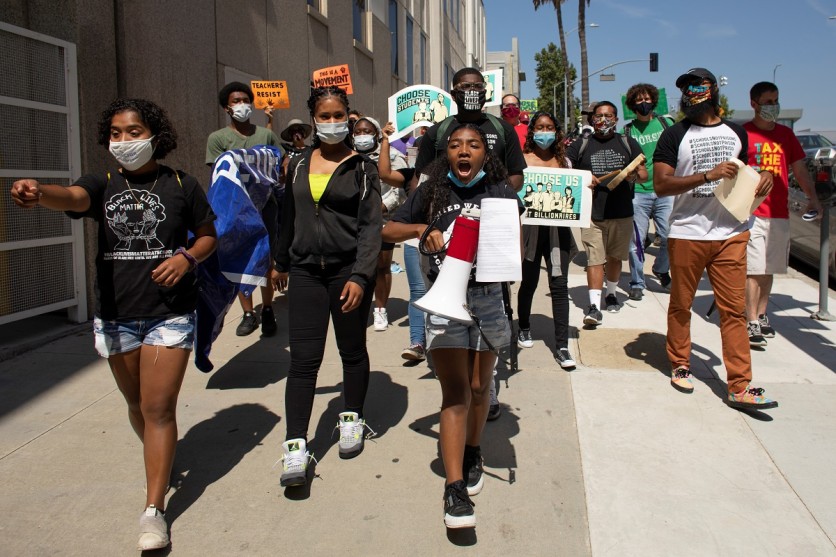Former commissioner of the Food and Drug Administration Dr. Scott Gottlieb projected that COVID-19 deaths in the United States could reach 300,000 by the end of 2020.
"We're definitely going to be somewhere between 200,000 and 300,000," Gottlieb told CBS' Margaret Brennan in a televised interview adding that the number would depend "on what we do."

With more than 5 million COVID-19 cases in the US, Gottlieb warns that the country may face a third wave of the virus that will be more difficult to control, according to the Insider. He said many rural areas seemed to be pretty relaxed with this crisis because they remained "untouched" by the virus. Some indications of such a trend can be seen in the West and Midwest, which is more difficult to control if coronavirus spreads in these vulnerable rural areas. These locales may not be prepared enough for the virus since they have not experienced it yet.
Meanwhile, recent spikes in coronavirus cases were seen after governors have lifted business restrictions and stay-at-home orders throughout the summer, forcing various states to have restraints on restaurants, bars, and other indoor facilities.
Read also: Meningitis Vaccine Is Now a Must for High School Seniors Even with Distance Learning Implemented
Children are not immune to COVID-19
President Donald Trump continues to downplay the risk of coronavirus on children as he told "Fox and Friends" that they are "almost immune" to COVID-19.
The former FDA chief debunked Trump's claim saying "children are not immune" to coronavirus. He mentioned that 86 kids have already died after testing positive of COVID-19. The CDC has also recorded 570 cases of the multisystem inflammatory syndrome in children and more have been hospitalized. Also, out of the 5 million COVID-19 cases in the U.S., around 338,000 were children.

In a Daily Mail report, the American Academy of Pediatrics has recorded 97,000 COVID-19 cases on children between July 16 and July 30.
Dr. Tina Hartert of Vanderbilt University says increased testing of children will be the key to determining their role in transmitting the virus before schools reopen this month. Although more schools have decided to switch to online classes for the first part of the academic year, the Trump administration allows K-12 schools to hold in-person classes.
Hartert leads a government-funded study where DIY testing kits were shipped to some 2,000 families, which are taught how to collect samples that were sent back to a central repository.
While Los Angeles and San Diego, two of the largest school districts in California, have decided to start the school year via remote learning, New York Mayor Bill De Blasio said parents only had until the evening of August 7 to register their children for either in-person classes, online learning, or even a hybrid system.
Ideally, teachers and children are tested before they go into a classroom. However, Gottlieb noted that the U.S. has no capacity to continuously do testing. "We need to implement more low-cost tests, tests that could be done at the point of care or the point of school or work," he said.
Meanwhile, CDC data shows people who tested positive for COVID-19 are no longer contagious 10 days after the onset of symptoms, although they will continue to shed the virus for a time.
Also, almost 50% of the cases in the U.S. are asymptomatic, which he said are likely to spread the virus." Gottlieb added that a person probably becomes "most contagious right before you develop symptoms," but once they had symptoms after some days, their ability to spread the virus has probably declined.




